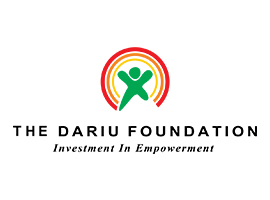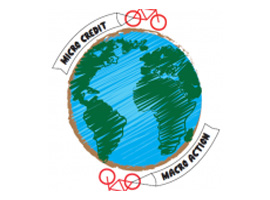PAT Analysis
Home / PAT Analysis
The Poverty Assessment Tool This social tool is materialized into a form taking into account criterias such as the number of persons living under the same roof, the level of education, the income security, the assets, the health conditions, etc. The data collected by this tool allow the classification of partners within different levels of poverty:
Most of the time, when a partner receives several loans, her family’s living conditions are getting closer or above the BPL.This potentially shows the impact of our services amongst our partners.
STEP’s impact on the partner’s poverty level Thanks to this poverty assessment tool, STEP is able to know the poverty level of each partner and to maintain a regular follow up. The analysis of the PAT shows that there is a positive correlation between both health security scores and level of education with the number of loans received by STEP’s partners.
Number Of Branches
Active Borrowers
Portfolio Outstanding ( Cr )
Repayment Rate

















